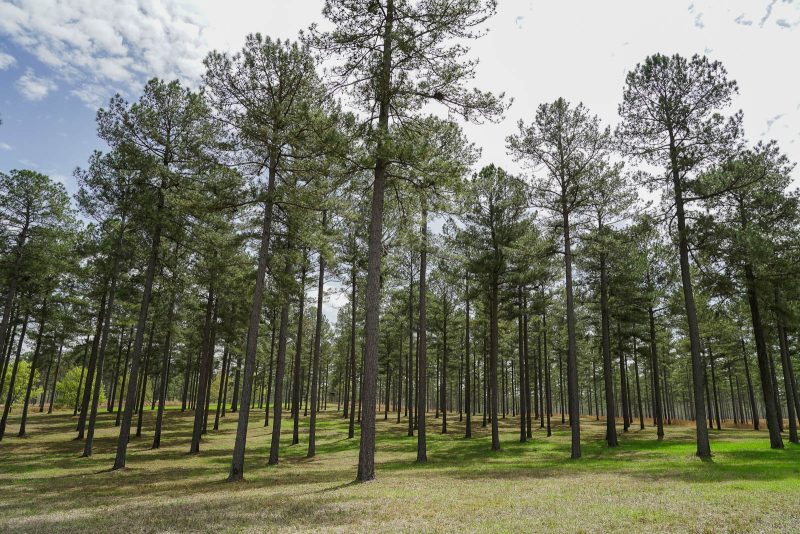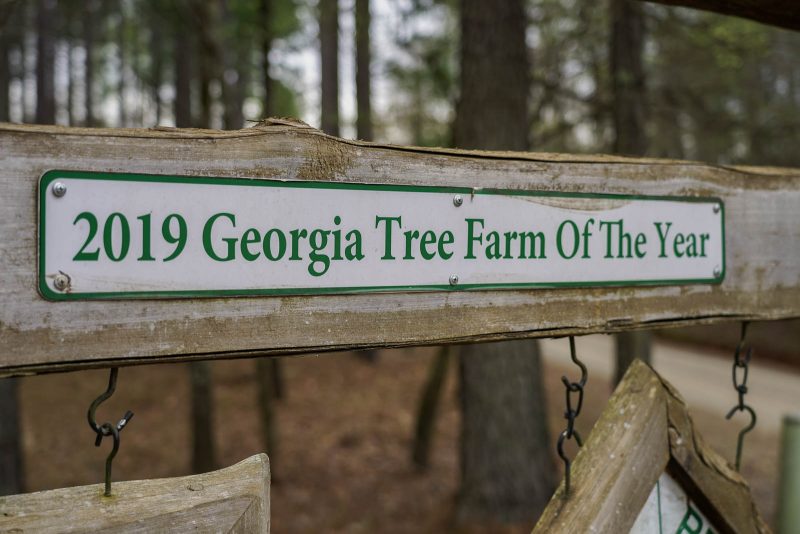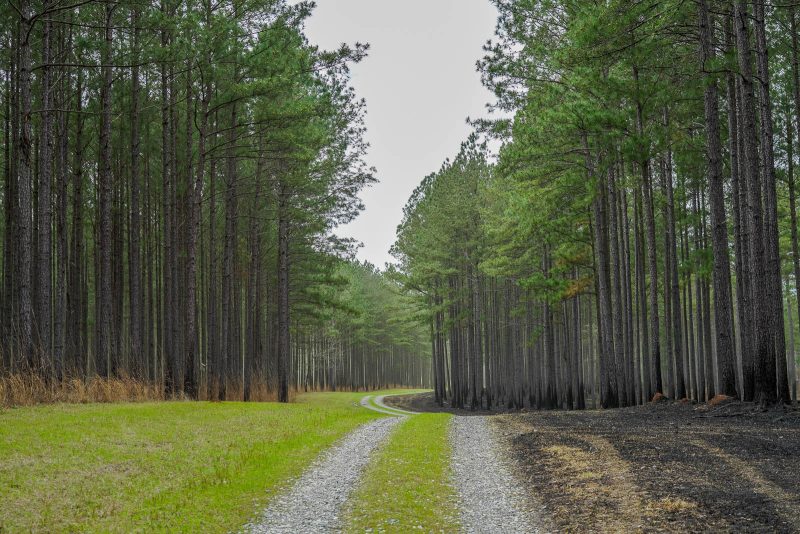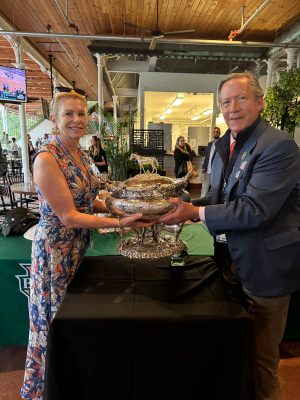Whether you’re shouldering your grandfather’s Browning A5 on a flushed covey with your loyal pointing dog or cracking jokes with your best friends in the duck blind, memories will be made this time of year on one of Livewater Properties’ bird hunting ranches for sale.
BIRD HUNTING RANCHES IN IDAHO
Grover Ranch
Driggs, ID | 880 Acres
The Grover Ranch offers exceptional recreational opportunities, particularly for waterfowl enthusiasts. There are five ponds, six unnamed streams, and numerous wetland areas on the ranch, all fed by the plentiful spring seeps found throughout the property. Many of the resident waterfowl, as well as the migratory birds during the later season flights, find refuge on the ranch. With a focus on habitat enhancement, this property can easily become an exceptional waterfowl hunting retreat. Explore Grover Ranch
Twin Peaks Guest Ranch
Salmon, ID | 677.81 Acres
Tucked away in a secluded canyon and surrounded by public lands, Twin Peaks Guest Ranch is a remote hideaway in central Idaho’s scenic western landscape. For upland bird hunters, the property features open grass pastures, sage and willow bushes, along with mature aspen and cottonwood trees, which provide a home to chukar, Hungarian partridge, ruffed and blue grouse, and sharp-tailed grouse. Explore Twin Peaks Guest Ranch
12 Springs Ranch
Victor, ID | 298.2 Acres
Owned by the Moulton family for 80 years, 12 Springs Ranch offers both a rich history and seclusion in Idaho’s beautiful Teton Valley. Spanning 298.2 gently sloping acres, the ranch is home to over 12 natural springs, creating a network of creeks that enhance the landscape and provide vital water sources for livestock and wildlife. The ranch supports a diverse ecosystem, attracting species like Sandhill cranes, Long-billed Curlews, and various waterfowl. This unique property offers a new owner the opportunity to enjoy abundant waterfowl opportunities. Explore 12 Springs Ranch
Cottonwood Creek Ranch
Stites, ID | 1,084 Acres
Cottonwood Creek Ranch is an upland hunter’s dream with a variety of species found in few properties across the West. On the rocky cliffs and rolling hillsides, chukar can be heard calling out. Gray partridge roam the grassy hillsides. California quail can be found in the riparian areas and along the creek bottom. Pheasants are found near the irrigated fields where cover and agriculture are present. Dusky grouses can be rare near timber and riparian river bottoms. Wild turkeys are abundant on the ranch, from the agricultural bottoms to the hillside and the timber, they can be seen at almost all times of the day. Explore Cottonwood Creek Ranch
BIRD HUNTING RANCHES IN SOUTH DAKOTA
Lake Sharpe Ranch
Kennebec, SD | 2,667 Acres
The Lake Sharpe Ranch is a mixture of rolling hills, mild cedar covered breaks to riverfront irrigated farmland. The ranch supports an array of wildlife, including sharp-tailed grouse, prairie chicken, pheasant, and waterfowl. The ranch is the only private property with deeded lake frontage for miles. Lake Sharpe Ranch has 450 acres under pivot for corn, soybeans, milo, and hay barley, while the remaining acreage is comprised of grasslands. These lands may be accessed through an over-the-counter hunting license for upland and waterfowl, not limiting non-residents to number of days they may hunt a season. With some of the highest sharp-tailed grouse and prairie chicken densities in the US, there is plenty to enjoy on or off the Lake Sharpe Ranch. Two artesian wells, numerous reservoirs, springs, and the lake offer an abundance of water resources to complement the beautiful topography and abundant wildlife resources. Explore Lake Sharpe Ranch
Swift Wildlife Refuge
Cresbard, SD | 580 Acres
Swift Wildlife Refuge is a remarkable pheasant hunting property that has been in the same family since 1883. Covering approximately 580 acres, the refuge features well-maintained shelter belts and tens of thousands of trees planted over the years, creating a diverse habitat for numerous wildlife species. The property includes creek bottoms, abundant water sources, Conservation Reserve Program (CRP) areas, crop fields, and tree rows, all of which contribute to a thriving ecosystem that attracts a variety of wildlife. This diverse range of habitats supports robust pheasant populations. Explore Swift Wildlife Refuge
BIRD HUNTING RANCHES IN MONTANA
Yellowstone Wildlife Refuge
Pompey’s Pillar, MT | 2,958 Acres
The Yellowstone Wildlife Refuge is a haven of natural beauty and ecological diversity. The land stretches from the lush cottonwood bottoms along the Yellowstone River to rolling hills covered in ponderosa pines, creating a wide array of habitats that support a variety of wildlife including pheasants, sharp-tailed grouse, turkey, and waterfowl. The presence of creek bottoms, ponderosa pines, cottonwood lowlands, crop ground, grasslands, and abundant water sources on the property, creates an ideal environment for supporting a healthy ecosystem and attracting much wildlife. Explore Yellowstone Wildlife Refuge
Judith Breaks Ranch
Lewistown, MT | 1,780 Acres
Situated in Central Montana, the Judith Breaks Ranch is a stunning oasis where Sage Creek converges with the renowned Judith River. The ranch features diverse topography and habitats, including over a mile of Judith River frontage, 0.4-mile of Sage Creek, and approximately 85 acres of irrigation rights. It’s a hunter’s paradise, offering prime opportunities to pursue a variety of game. Lewistown, nearby, is ranked by Pheasants Forever as the #2 best bird hunting town in America, with game such as sage grouse, pheasants, mountain grouse, sharp-tailed grouse, and Hungarian partridge. Explore Judith Breaks Ranch
BIRD HUNTING RANCHES IN TEXAS
Brady Creek Ranch
Brady Creek Ranch | 1,042.55 Acres
Brady Creek Ranch Estates is a recreational ranch development nestled in the rolling hills in the beautiful western Texas Hill Country. A rare opportunity is available to acquire either or both Tract 1 (±432.83 acres) and Tract 2 (±609.72 acres). Tract 1 features ±432.83 acres and includes a Soil Conservation Lake fed by South Brady Creek, which runs through the entire ±1,042.55 acres being offered. When full, the lake can expand to ±30 surface acres, providing excellent opportunities for waterfowl hunting. Currently, due to ongoing drought conditions, the lake has stabilized at around ±10 acres. The lake serves as the largest body of water in the area, attracting a diverse array of ducks, geese, and Sandhill cranes, making it a prime destination for waterfowl enthusiasts. Explore Brady Creek Ranch
BIRD HUNTING RANCHES IN OREGON
R&C Ranch
Fossil, OR | 5,430 Acres
The R&C Ranch is one of the most iconic and unique ranches in the entire John Day River Basin of Oregon. Spanning over 5,430 deeded acres with direct access to an additional 7,517 acres of Bureau of Land Management land and the North Pole Ridge Wilderness Study area, this expansive property features diverse habitats, miles of tributary streams, and varied topography, making it ideal for numerous upland bird species. The ranch supports strong populations of chukar, Hungarian (gray) partridge, California quail, and pheasant across its rich habitats. Bird hunting seasons are lengthy, running from early to mid-October through January, depending on the species. Additionally, the R&C Ranch includes game bird pens, which can be used for personal purposes or to establish a game bird preserve for upland bird hunts. Explore R&C Ranch
Seven Springs Ranch on Butte Creek
Fossil, OR | 3,246 Acres
Seven Springs on Butte Creek encompasses diverse landscapes, including creeks, springs, draws, basalt cliffs, and juniper-covered hills on the flanks of the John Day River. This beautiful ranch and its surrounding areas are renowned for outstanding hunting opportunities, featuring numerous upland birds. The ranch supports healthy populations of chukar, Hungarian (gray) partridge, mountain quail, and California quail across its varied habitats. Bird hunting seasons run from early to mid-October through January, depending on the species. With its basalt rimrock, cliff bands, multiple canyons, and diverse drainages, the property offers exceptional terrain for chukar hunters. Explore Seven Springs Ranch on Butte Creek
BIRD HUNTING RANCHES IN WYOMING
Nieslanik Ranch
Cokeville, WY | 399 Acres
Located 5 miles north of Cokeville, WY, in Lincoln County, the Nieslanik Ranch encompasses 399 deeded acres, with 360 acres of highly productive irrigated fields and pastures. Set along Chalk Creek and adjacent to thousands of acres of public land, pride of ownership is clear from the well-maintained pivot-irrigated fields to the mature landscaping surrounding the residence. With 25 years of dedicated care, the ranch is a haven for wildlife, including waterfowl like ducks, geese, and Sandhill cranes. Its proximity to the Bear River, just a half mile away, makes it an ideal spot for waterfowl hunting and wildlife observation. Explore Nieslanik Ranch



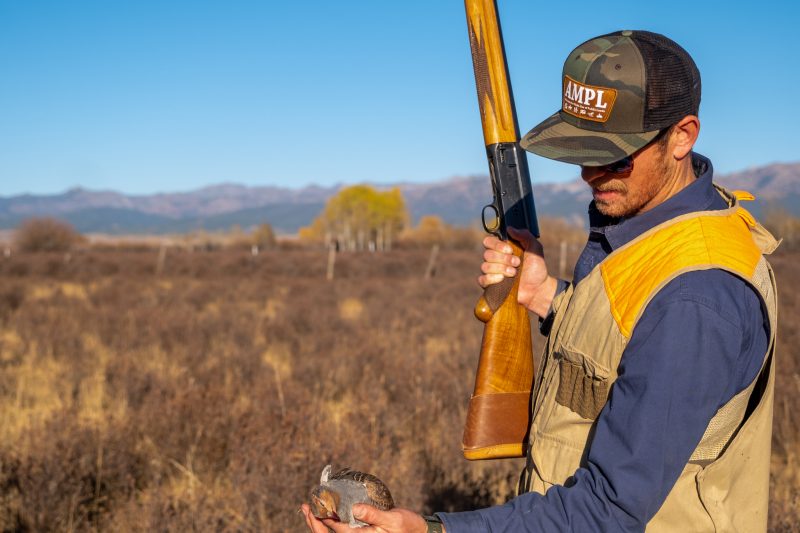
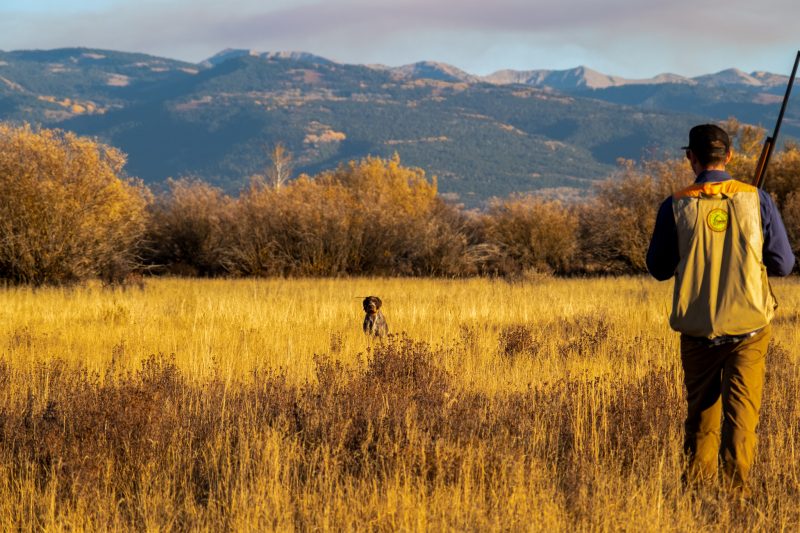
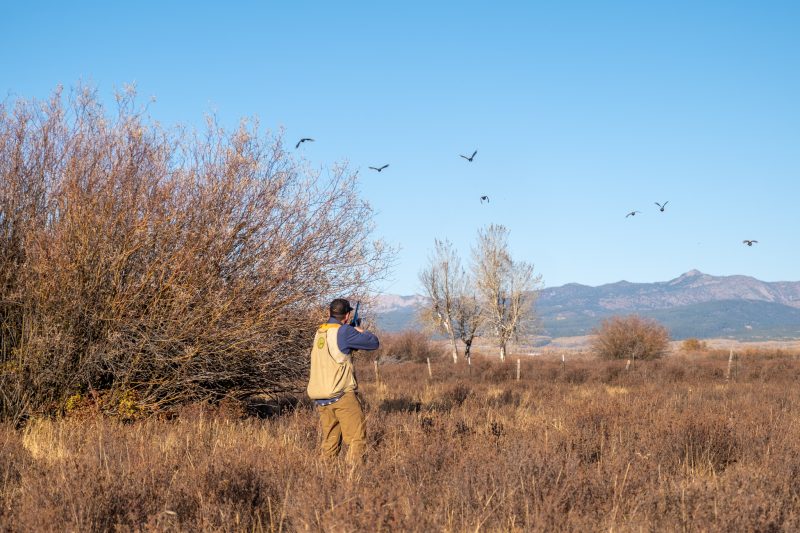
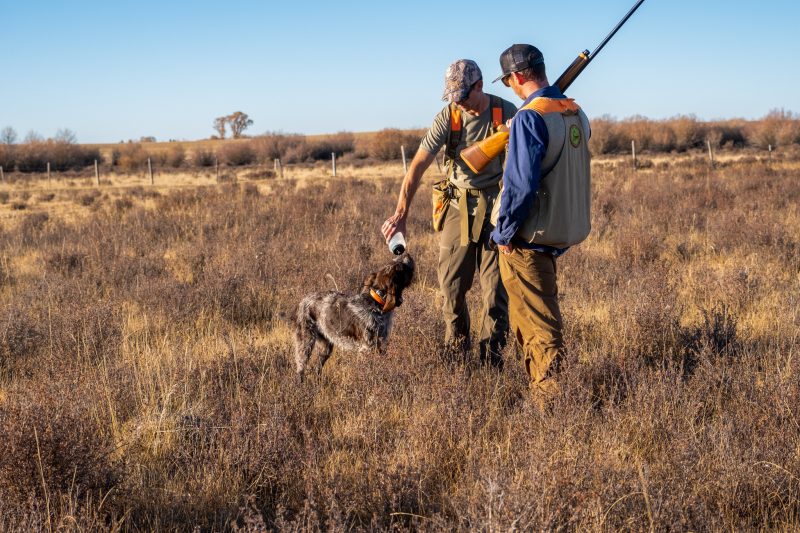
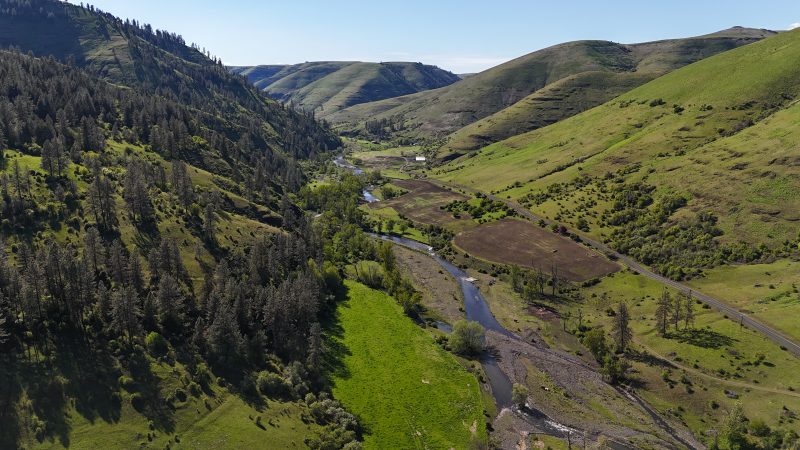
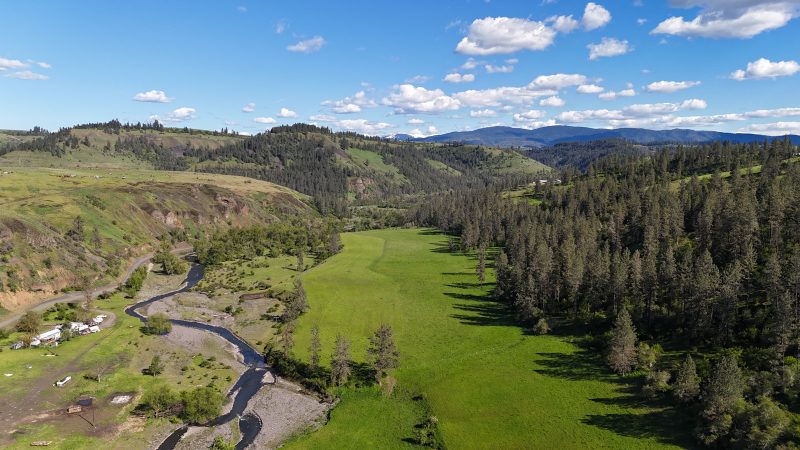
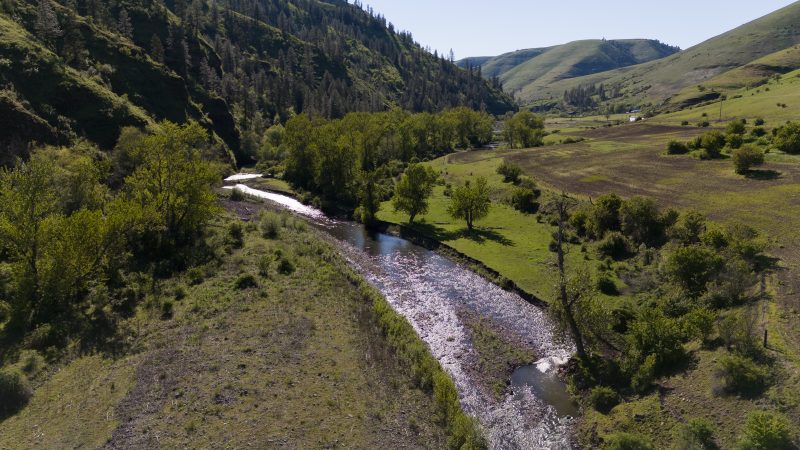
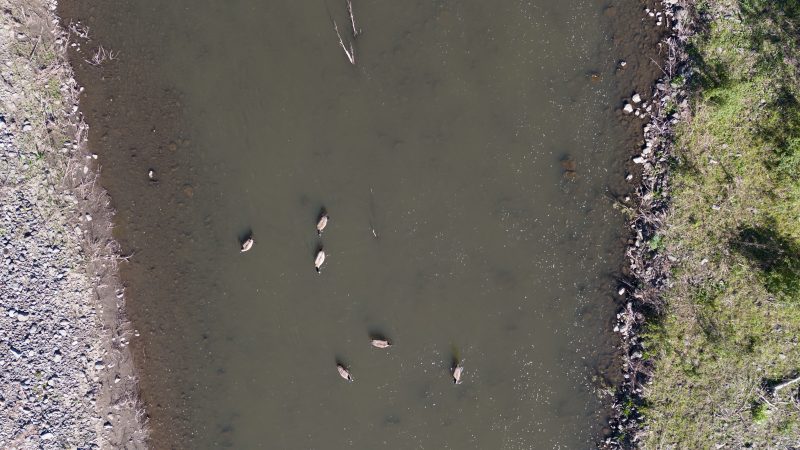
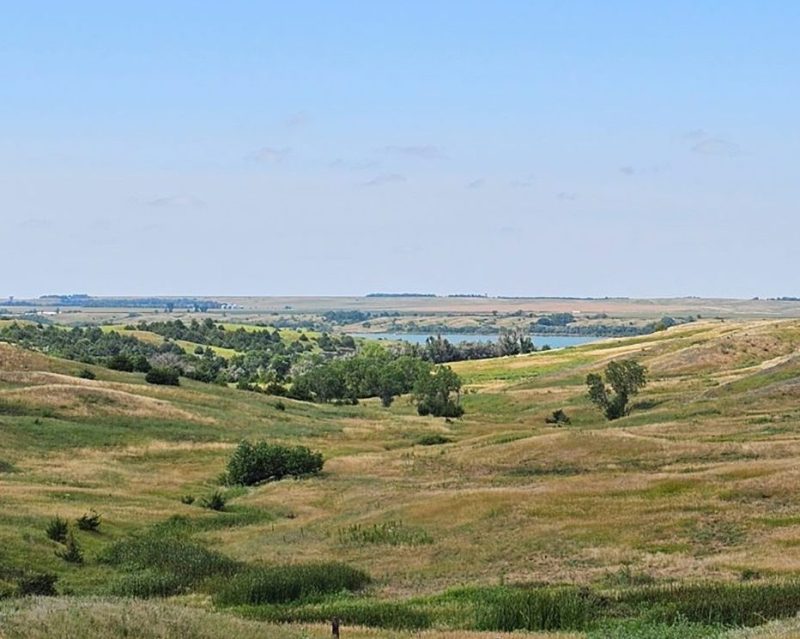
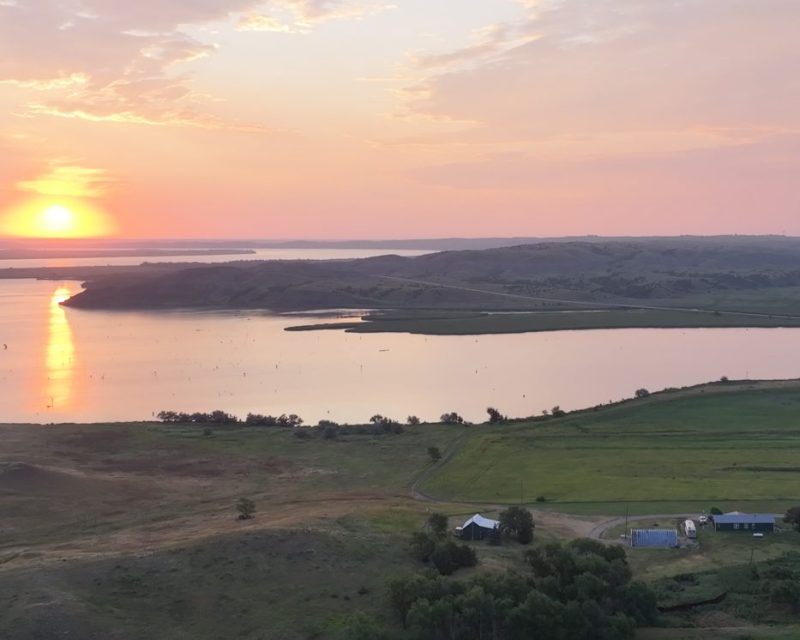
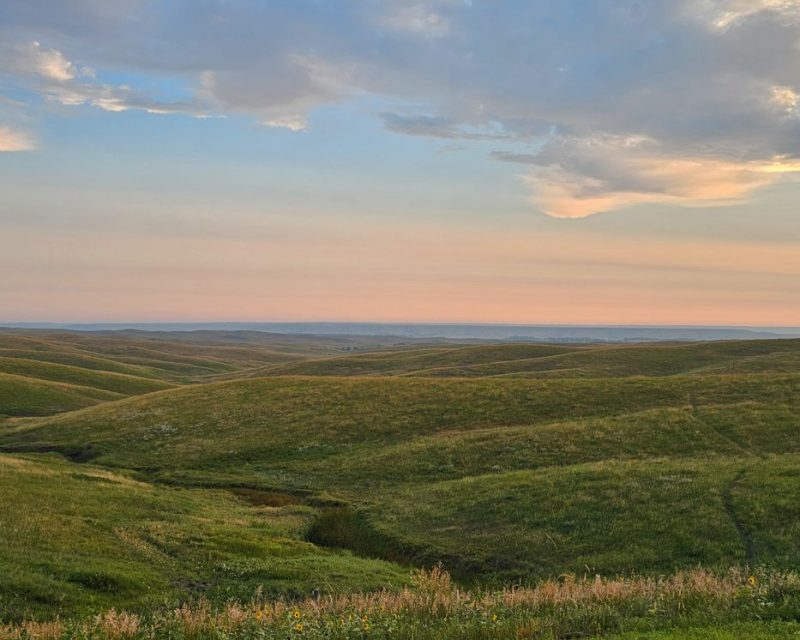
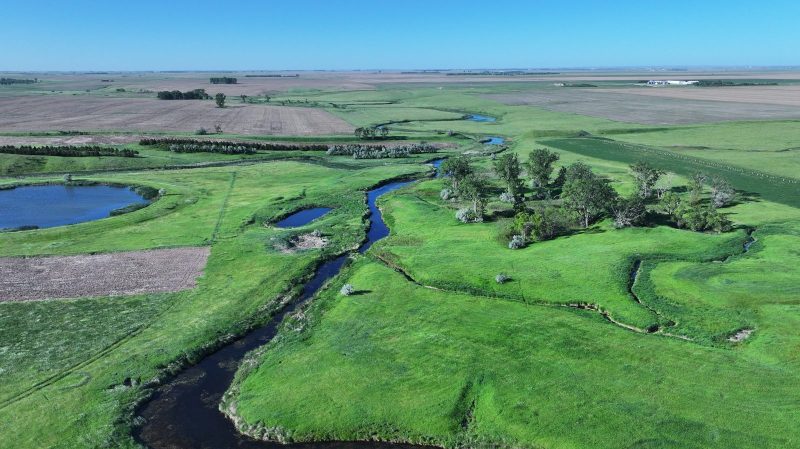
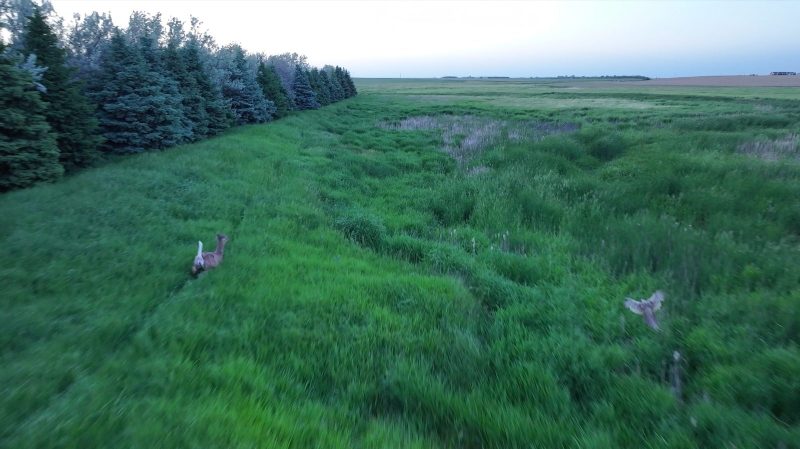
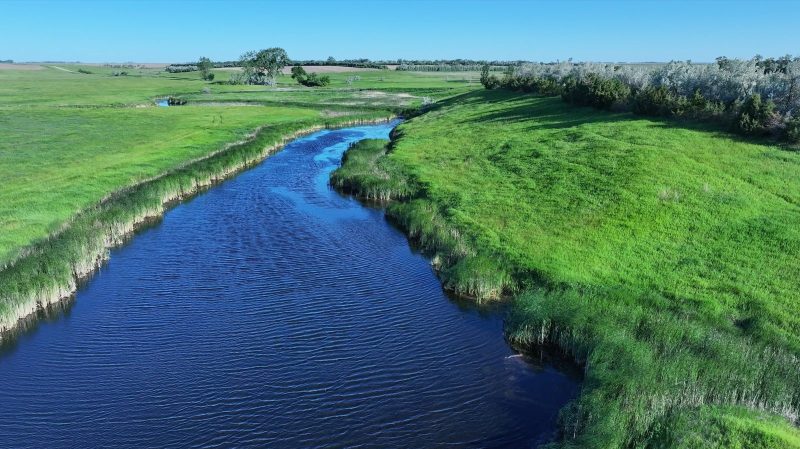
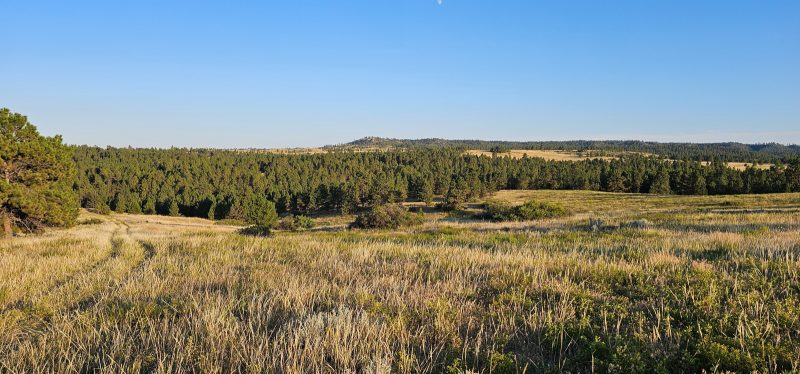
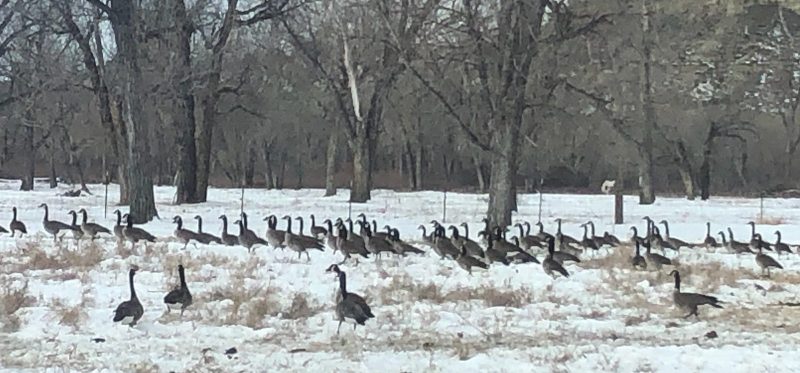
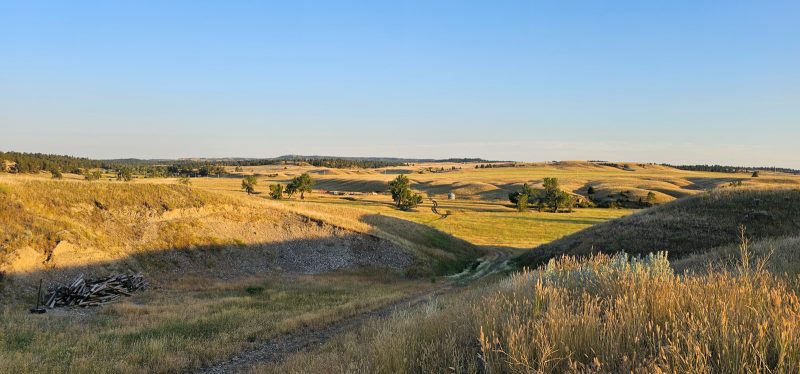
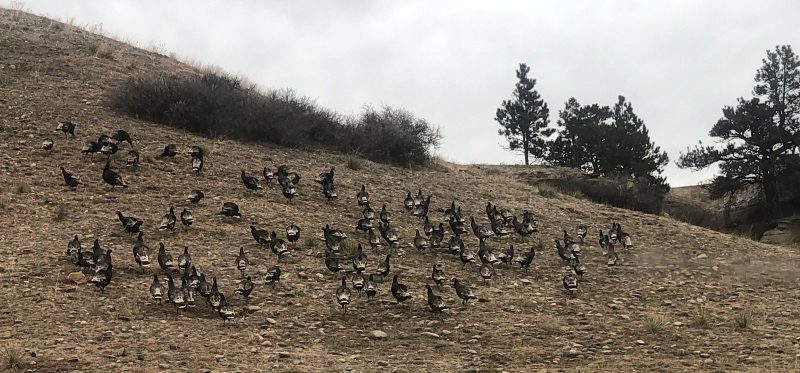
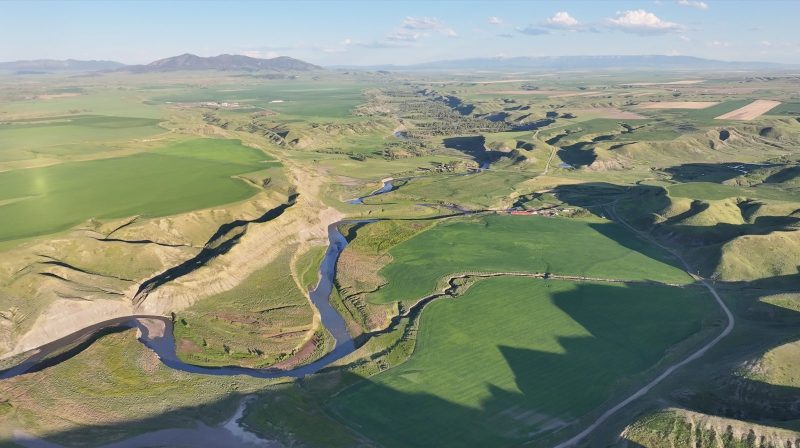
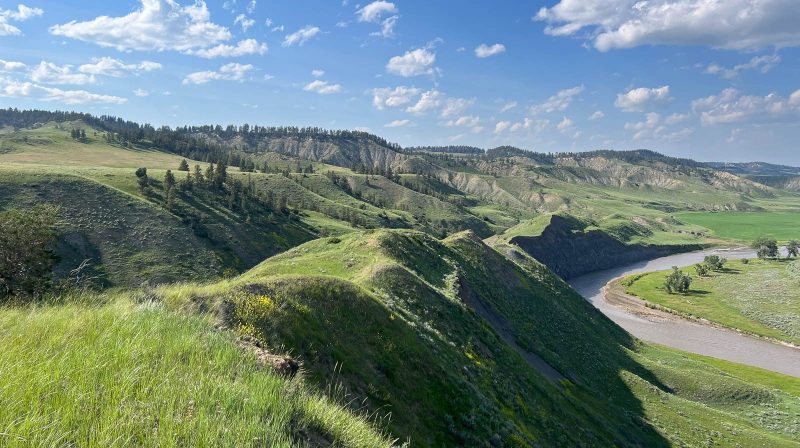
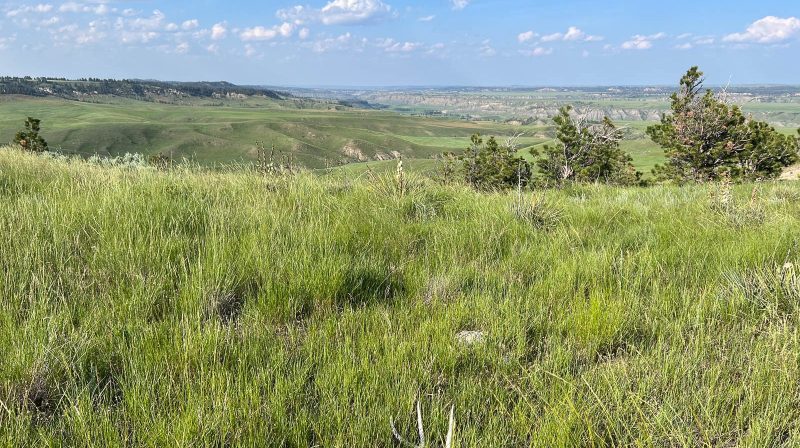
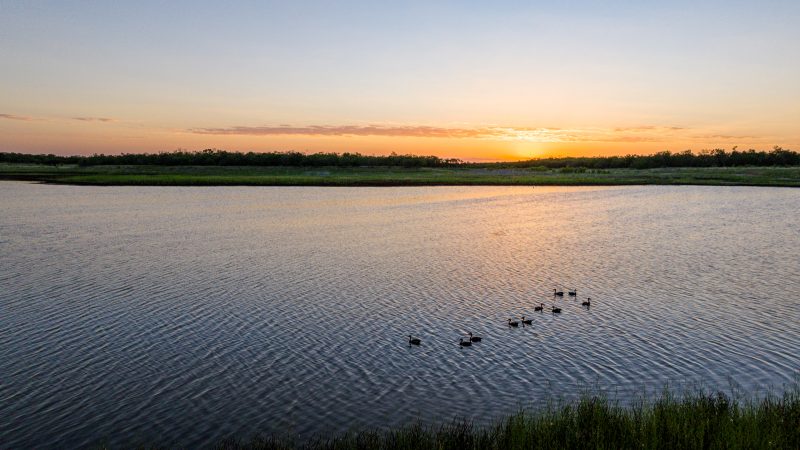
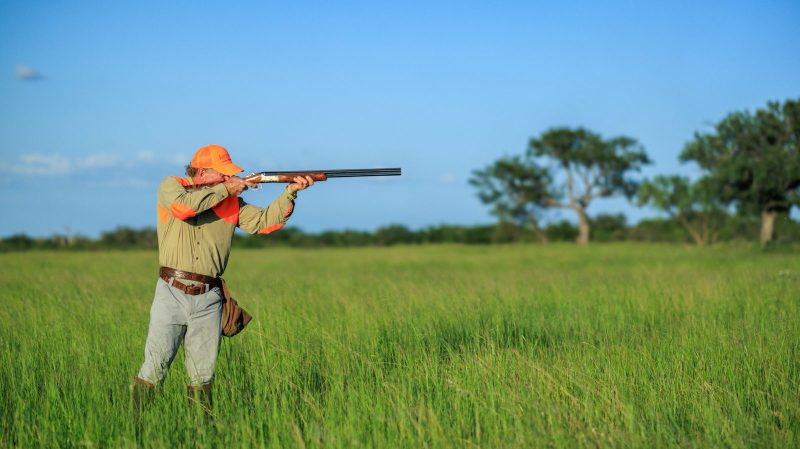
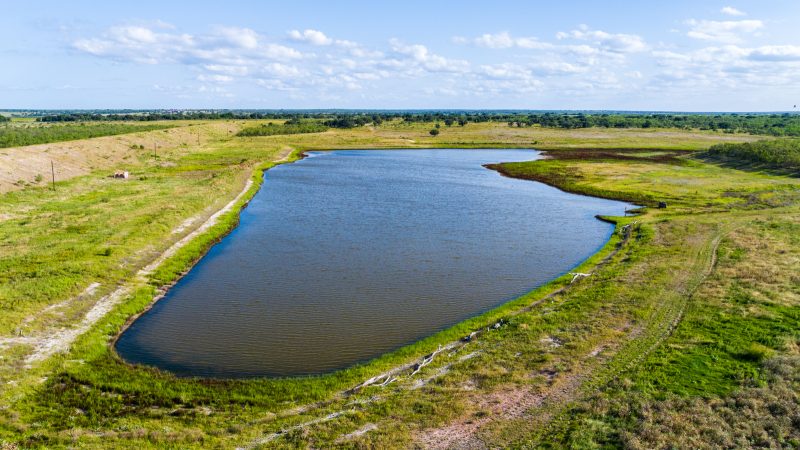
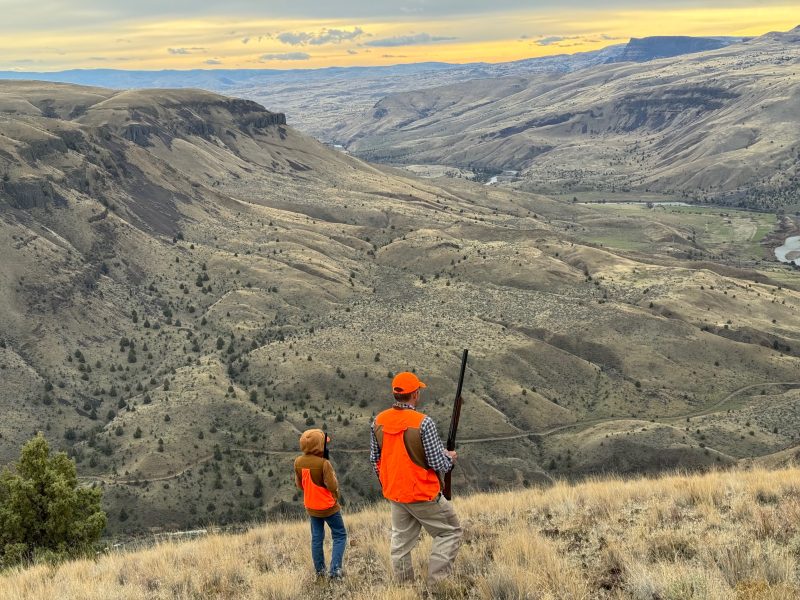
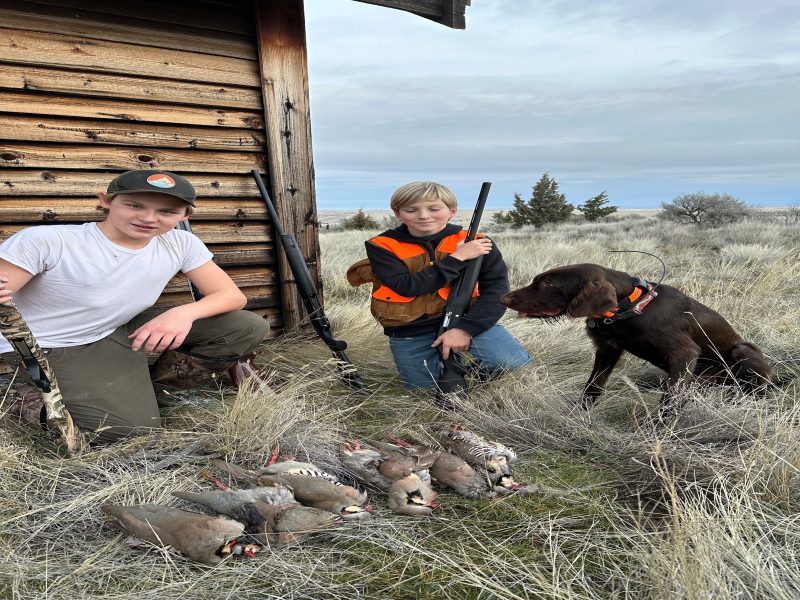
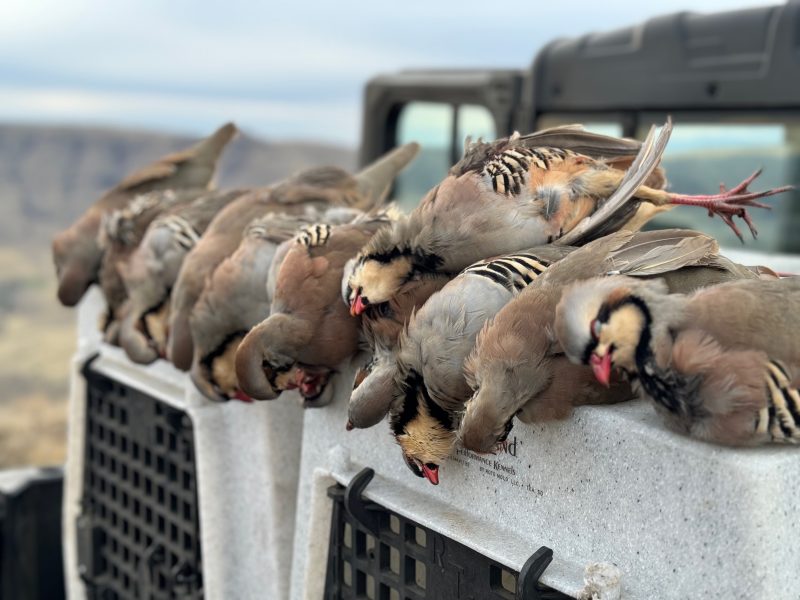

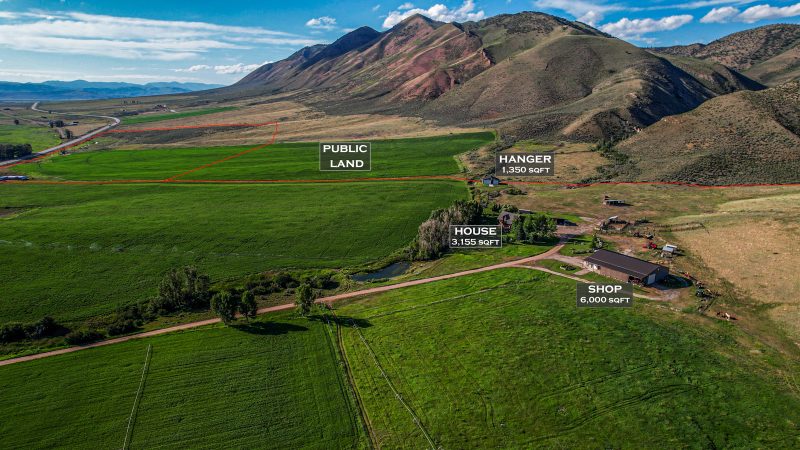

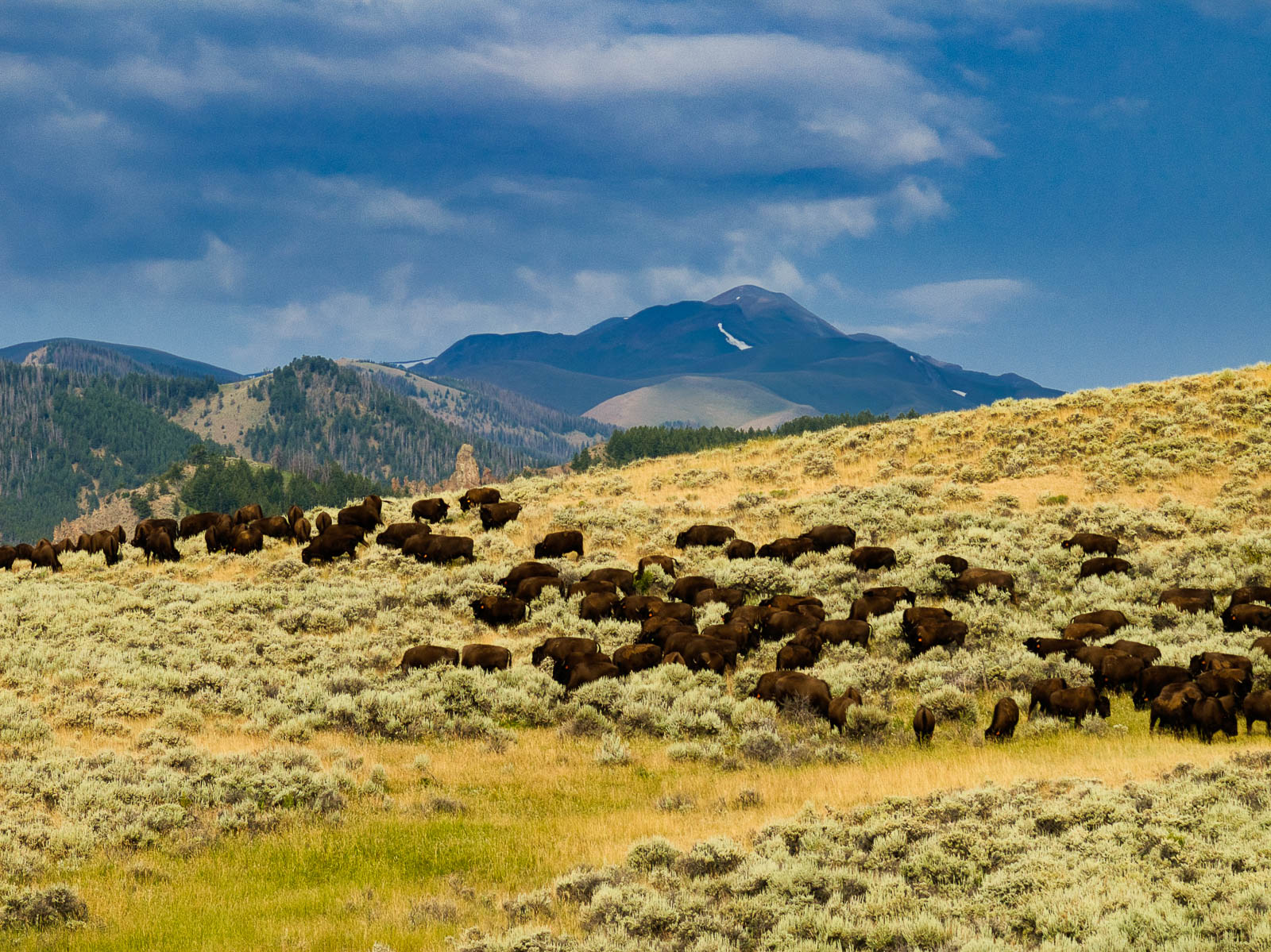
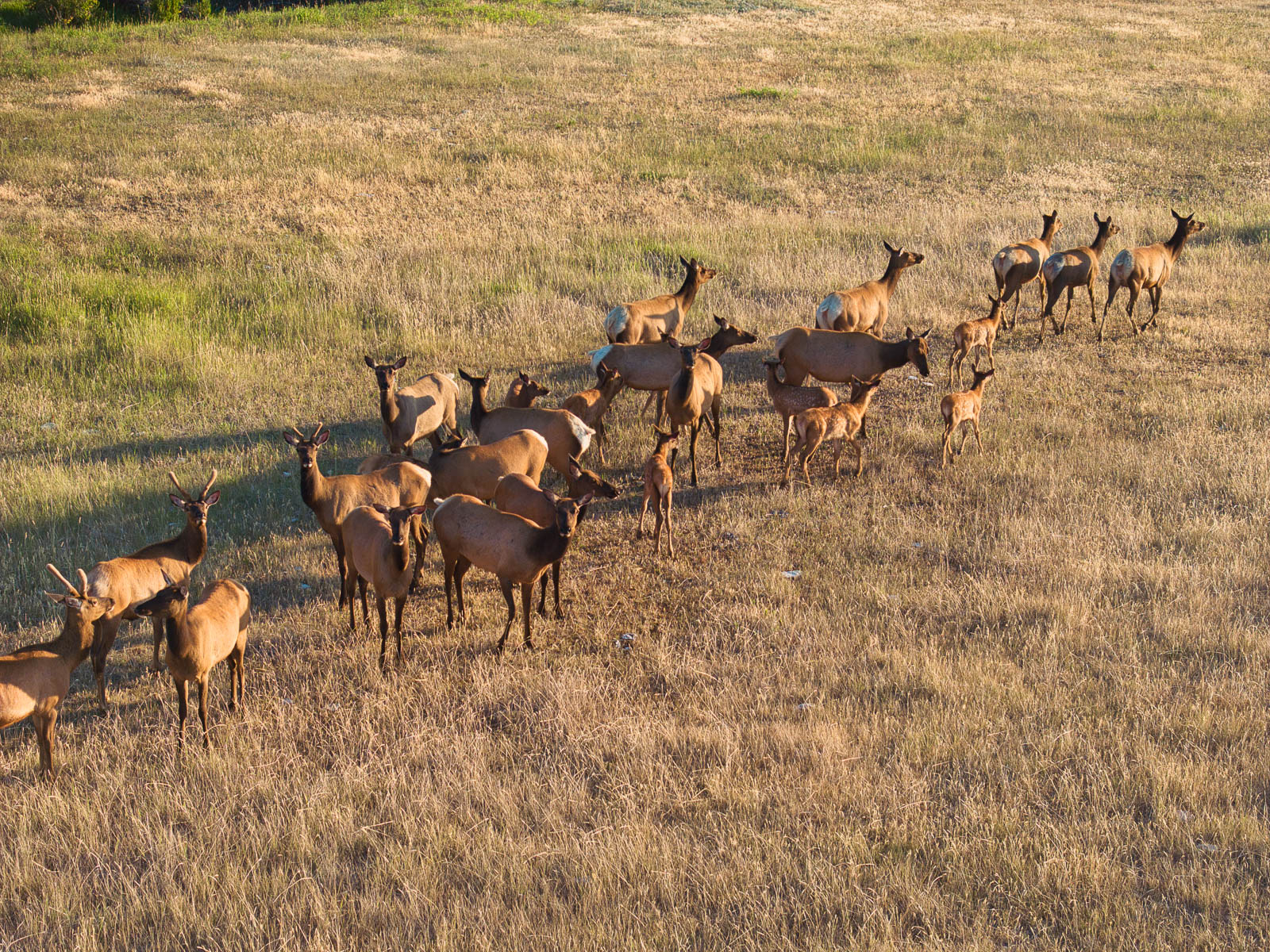
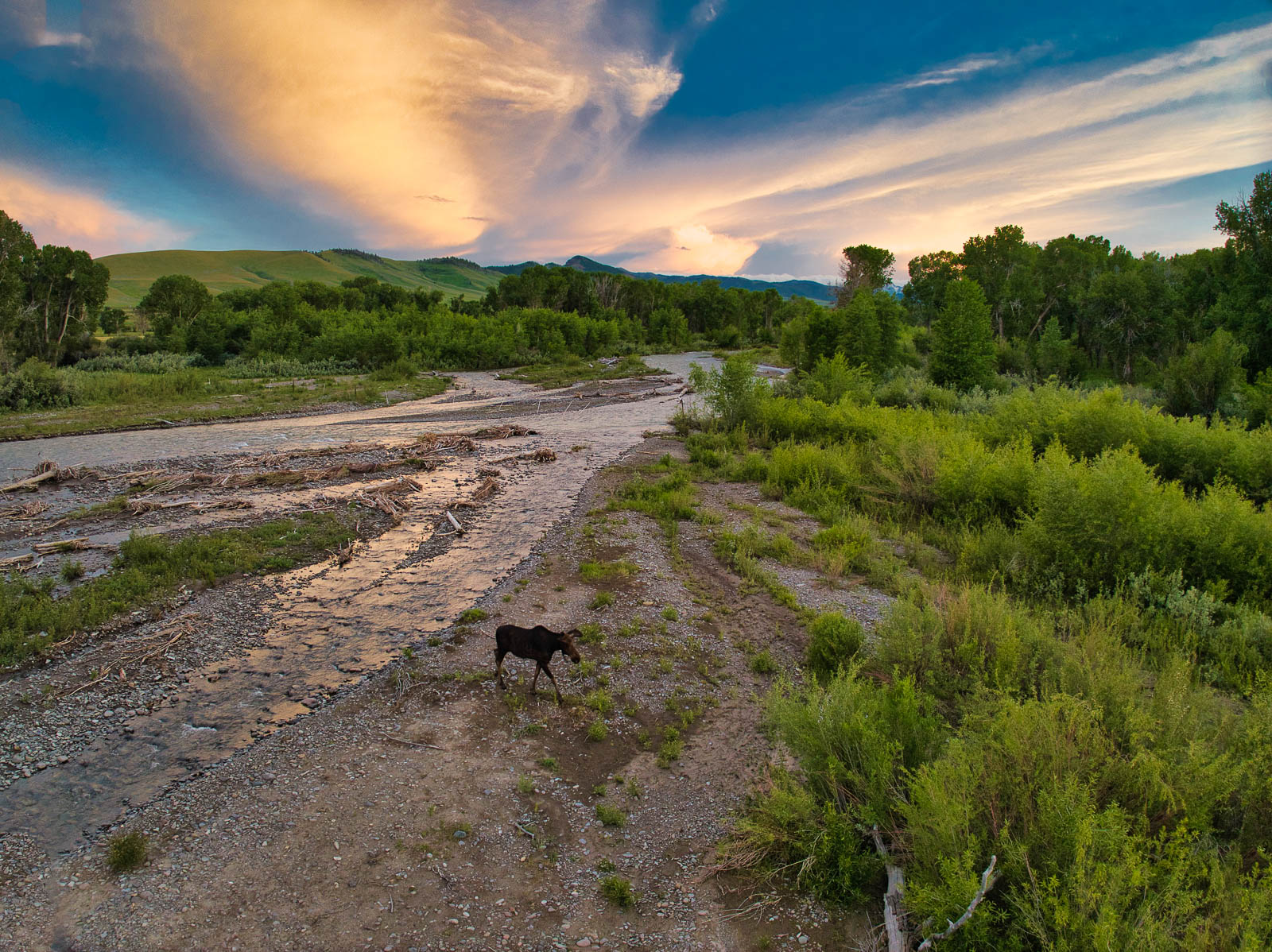
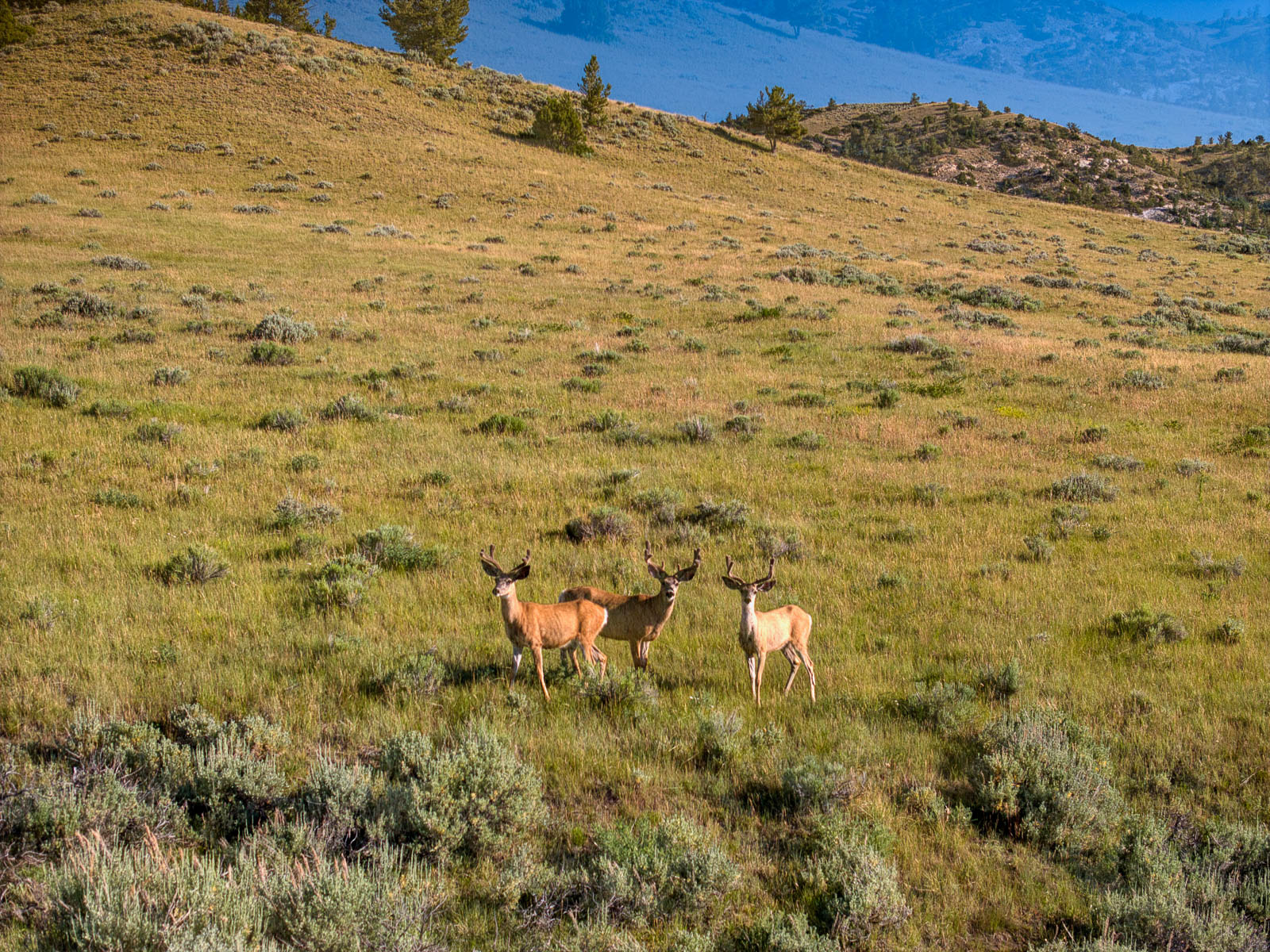

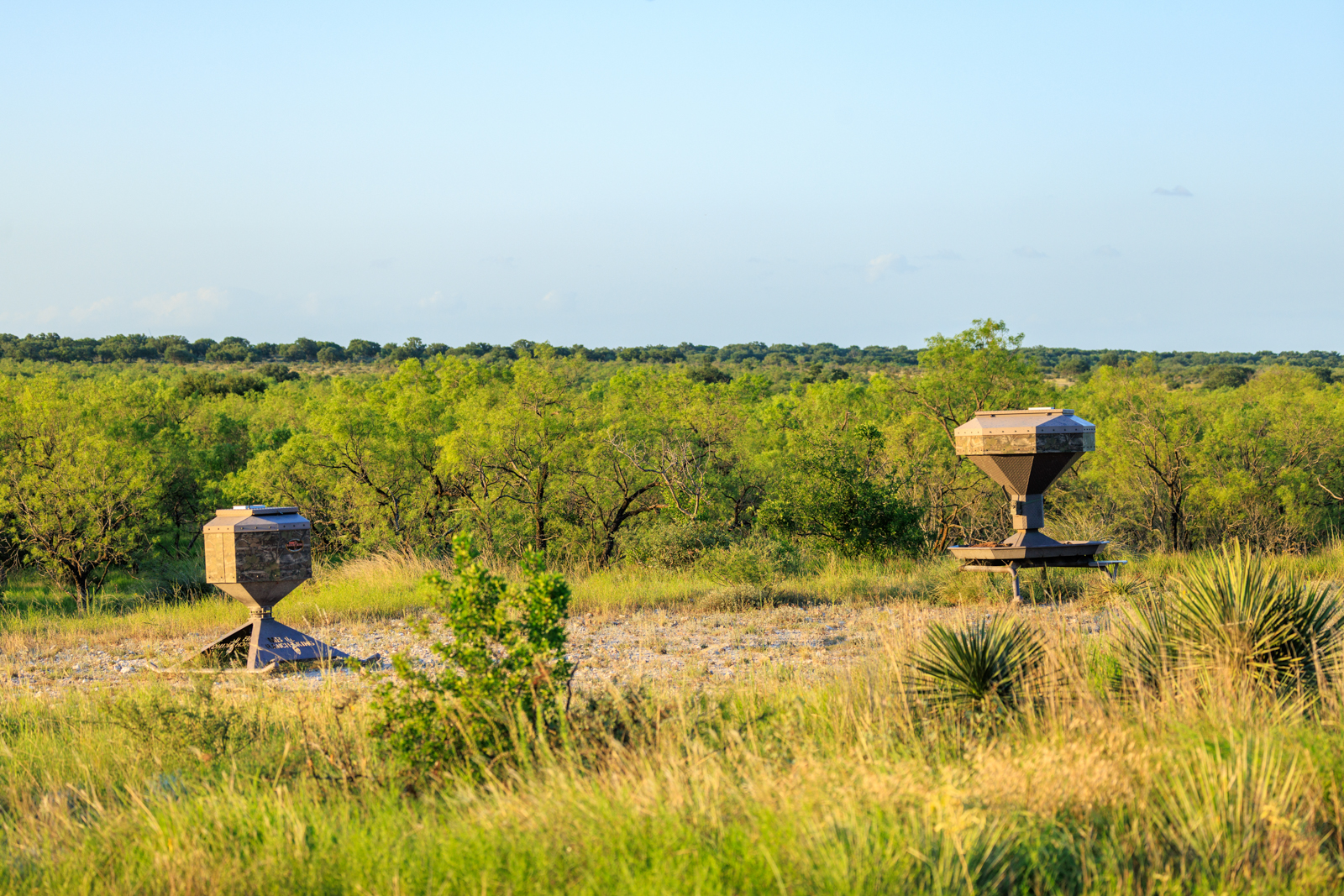

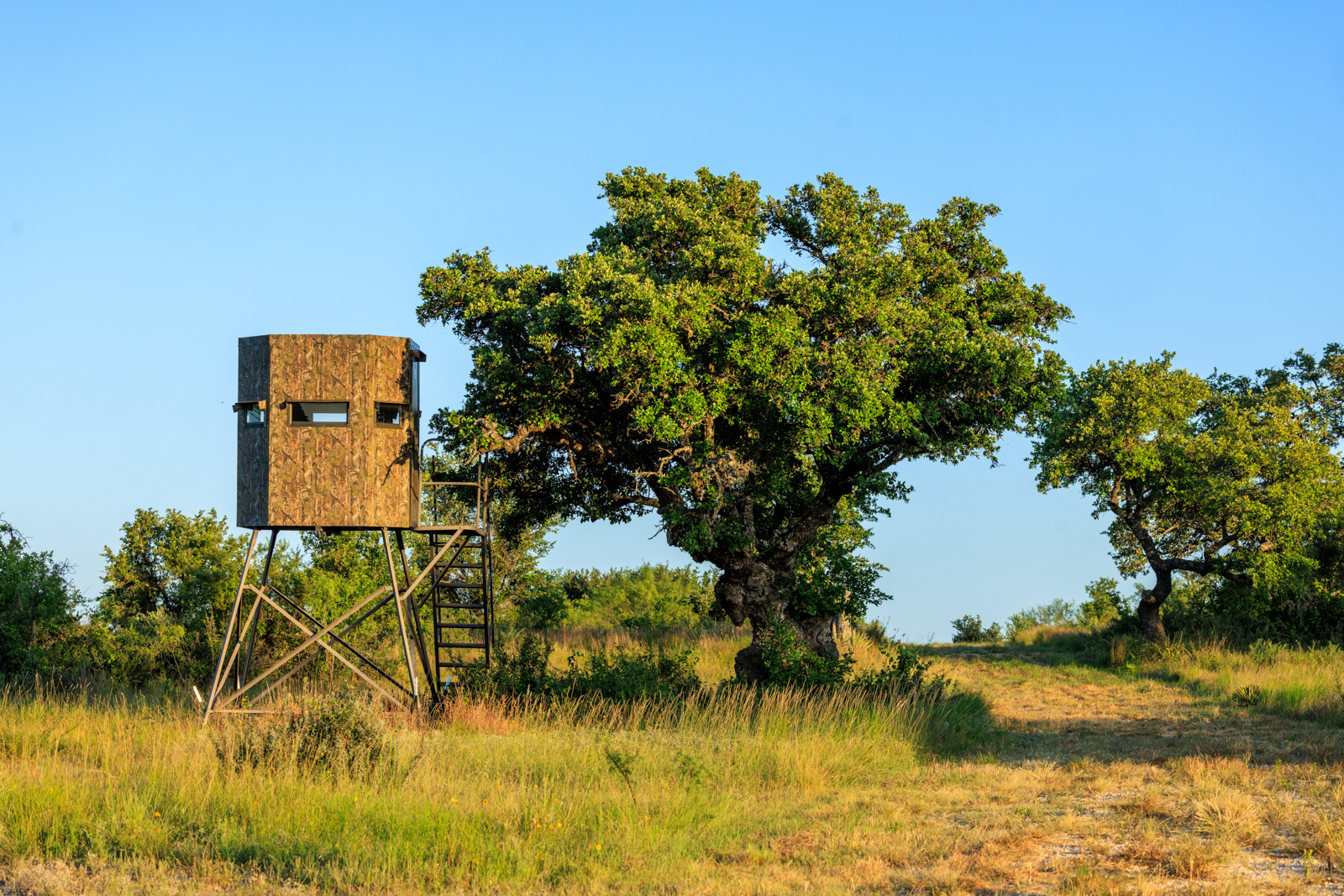
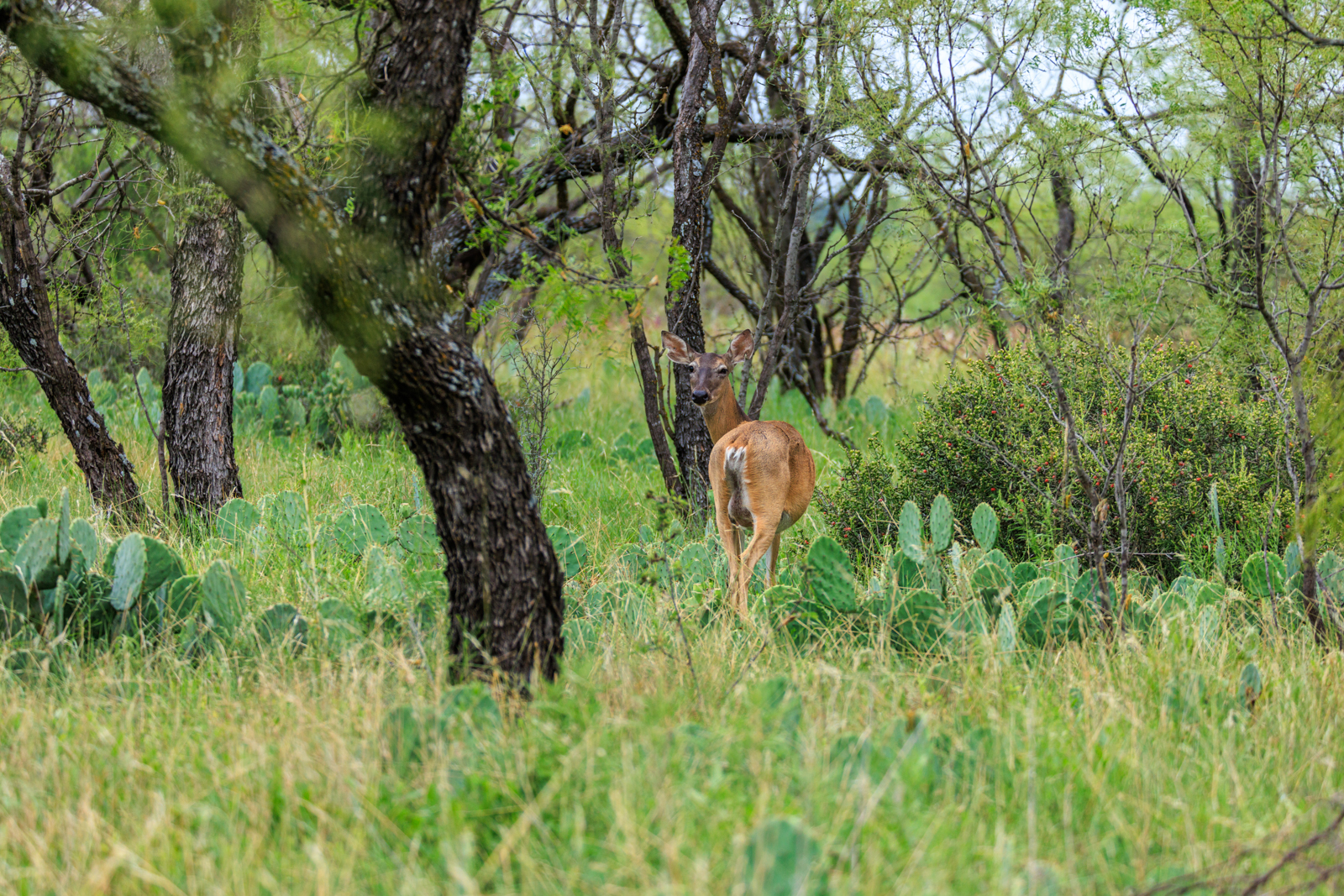
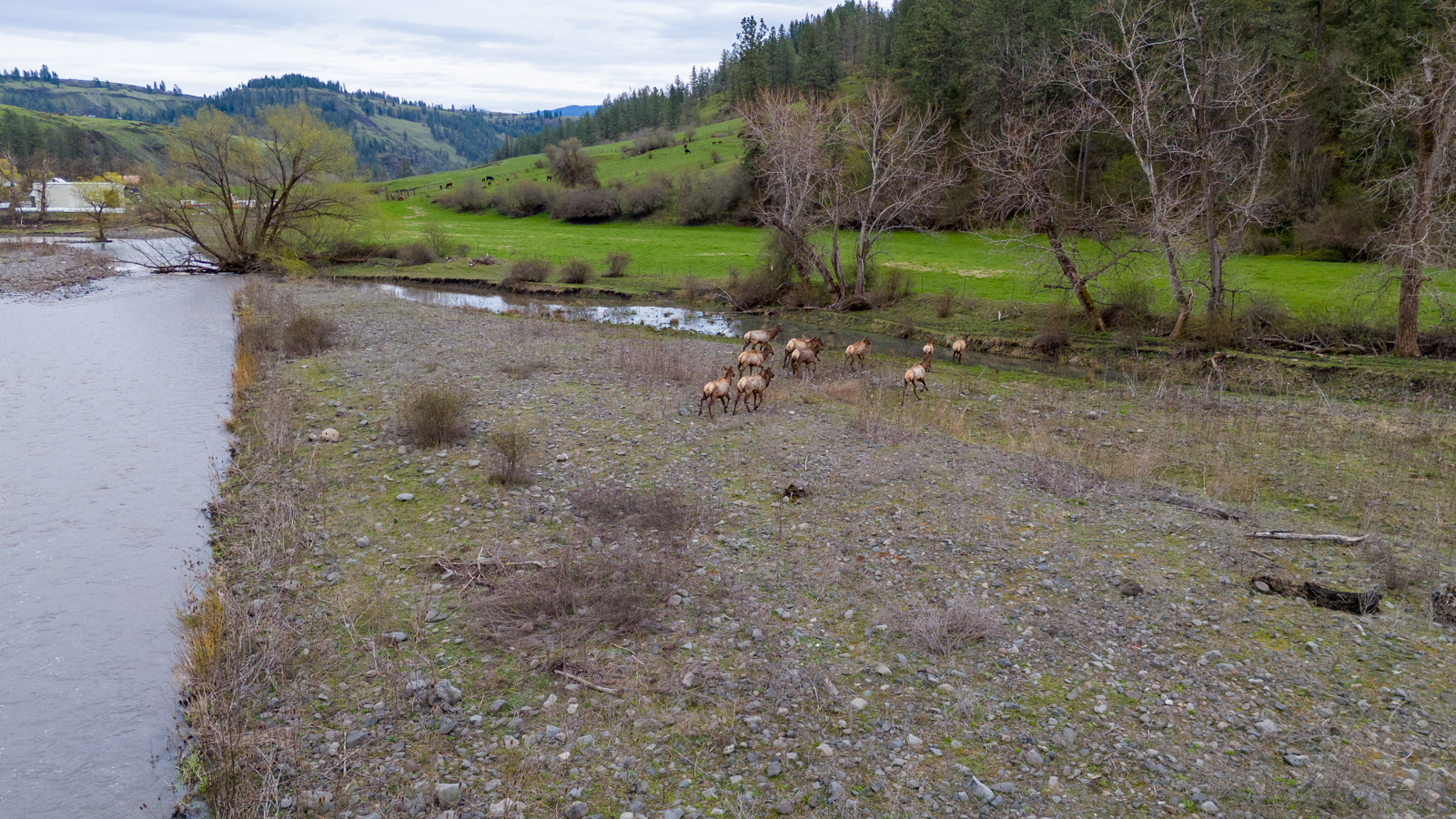
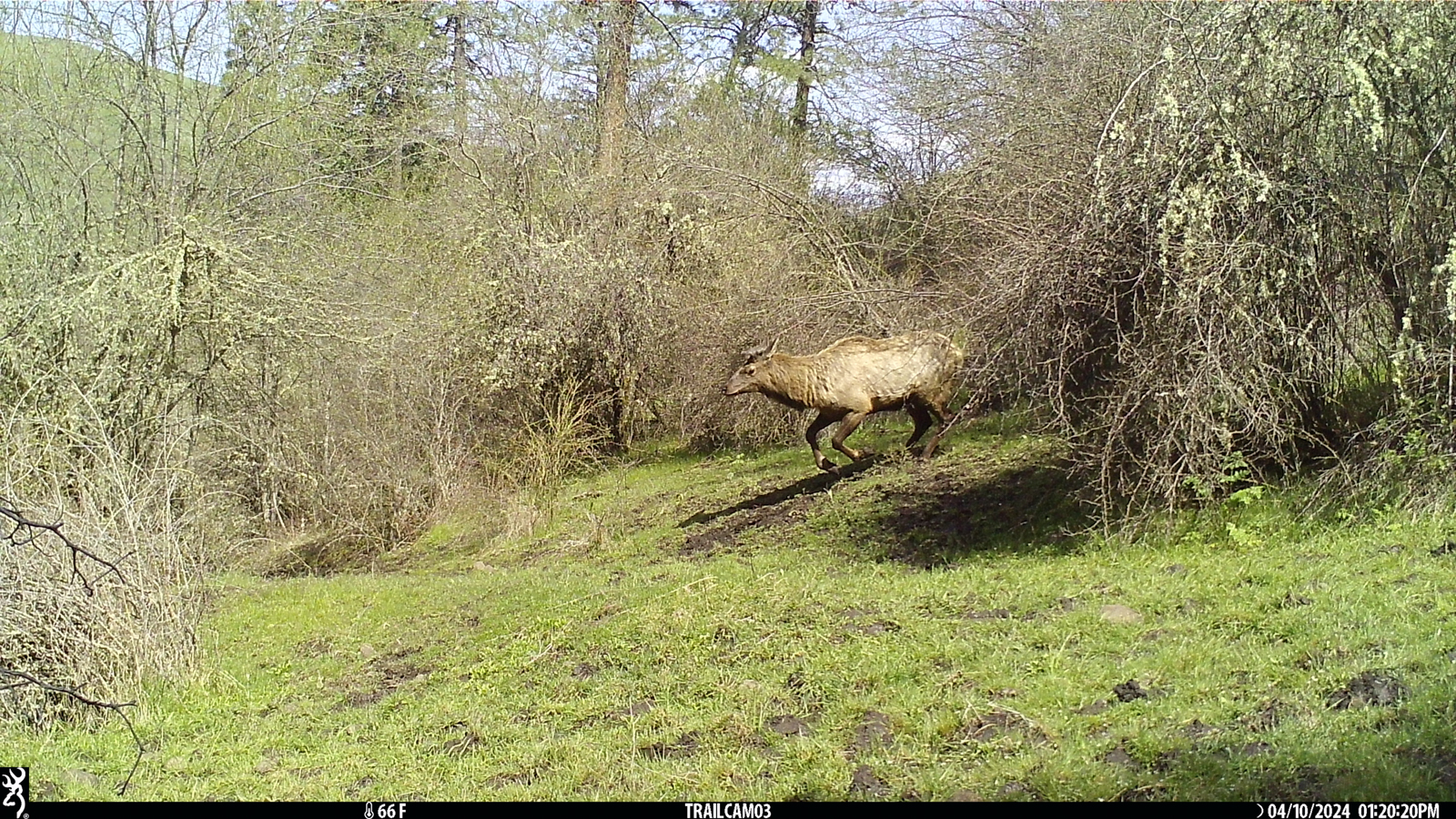
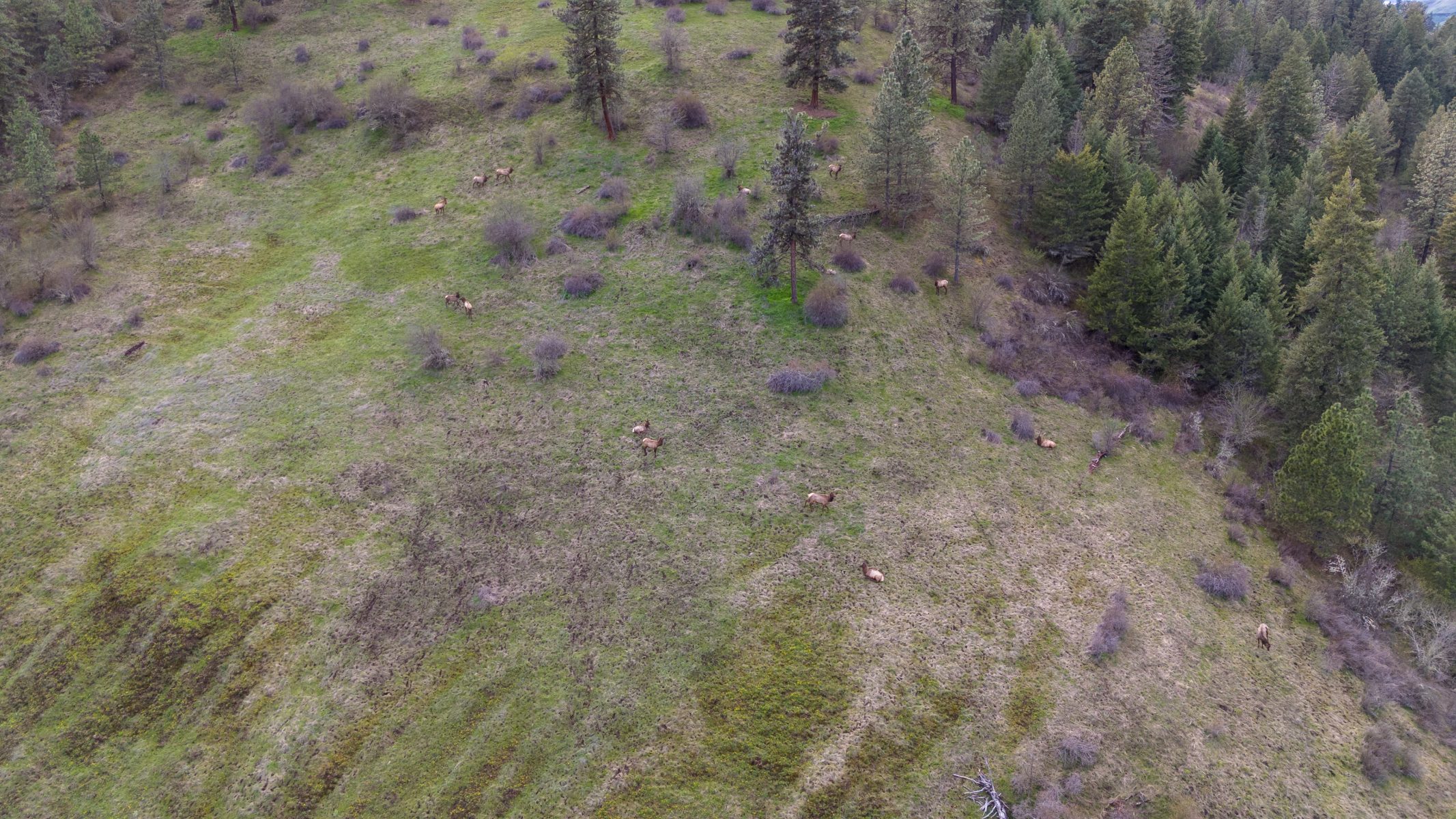
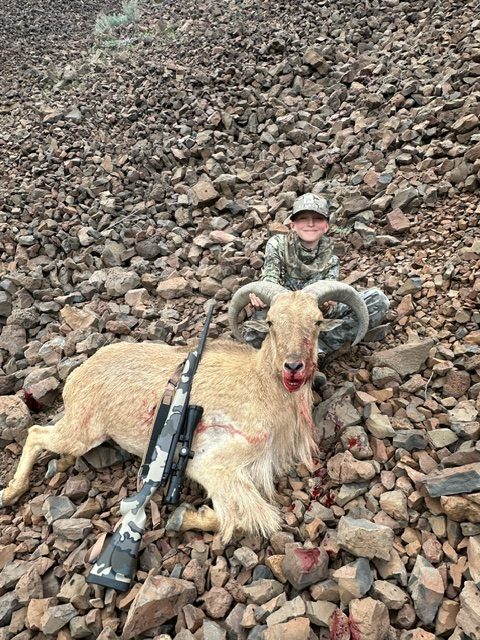
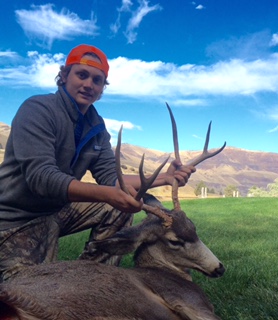
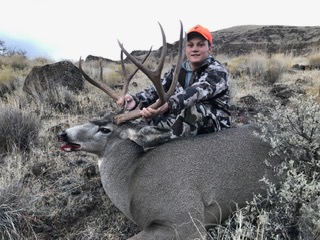
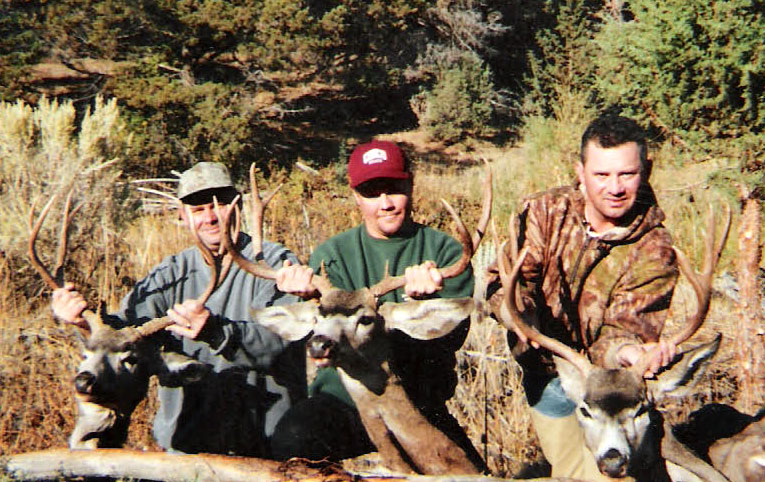
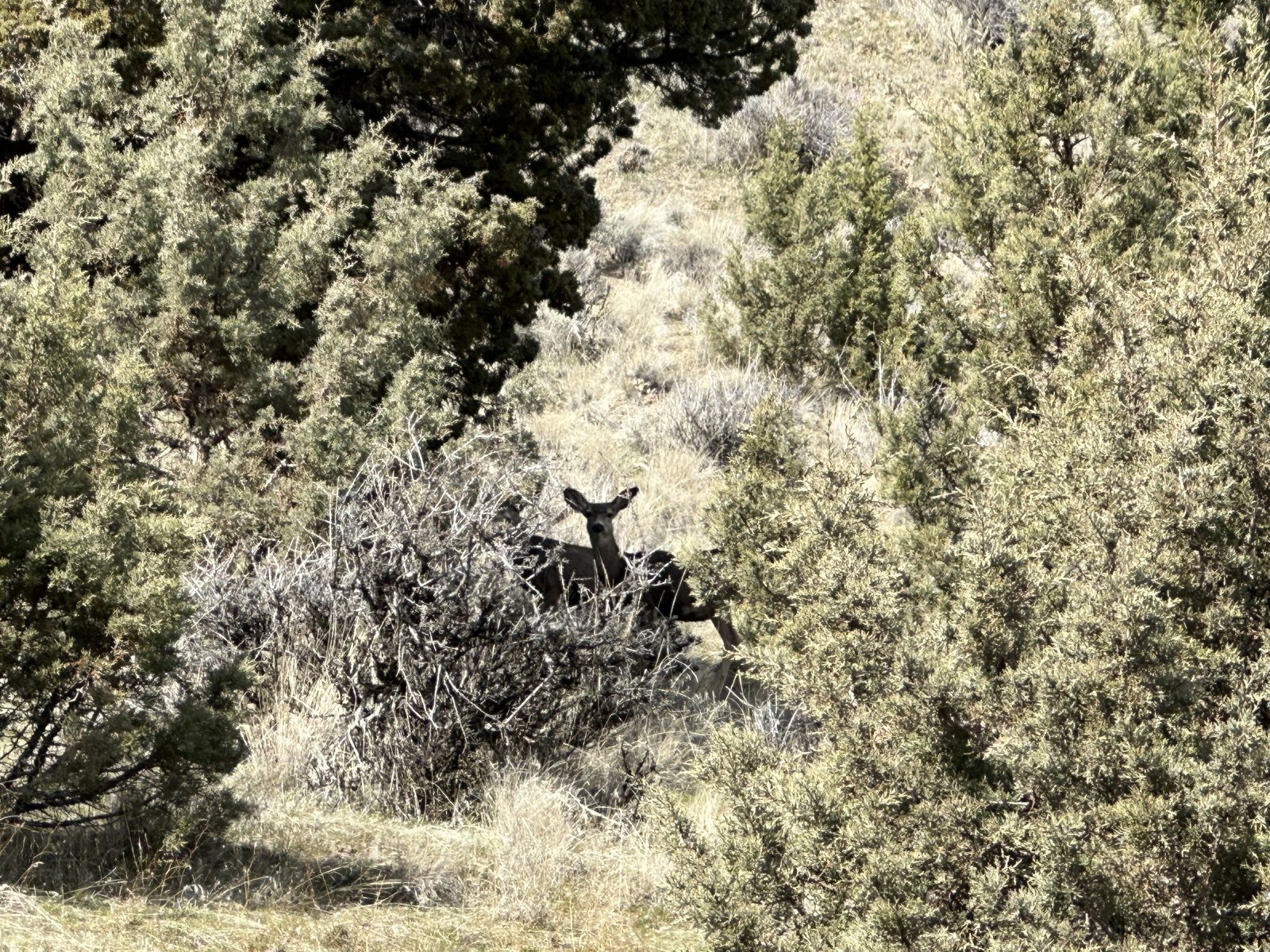
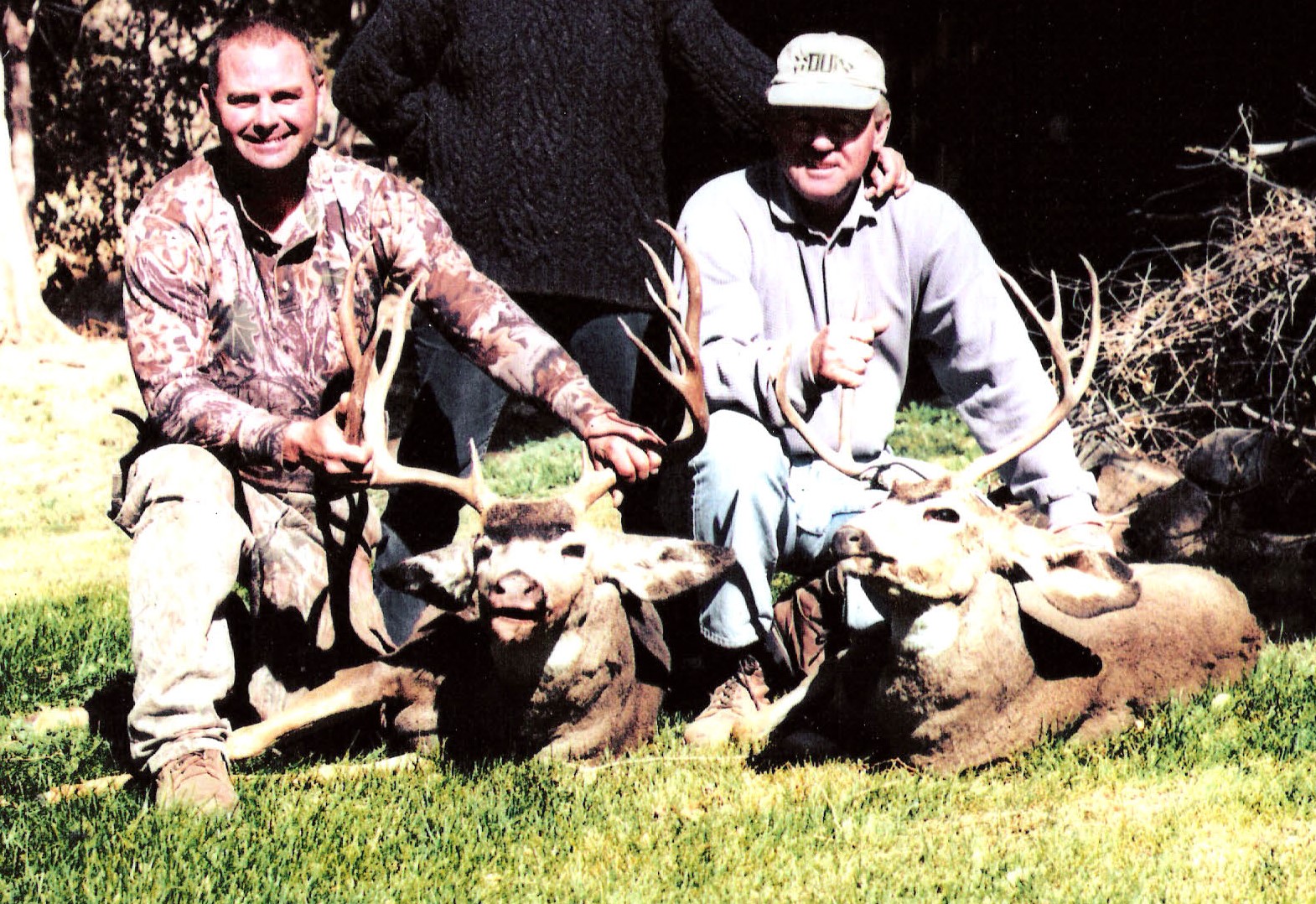
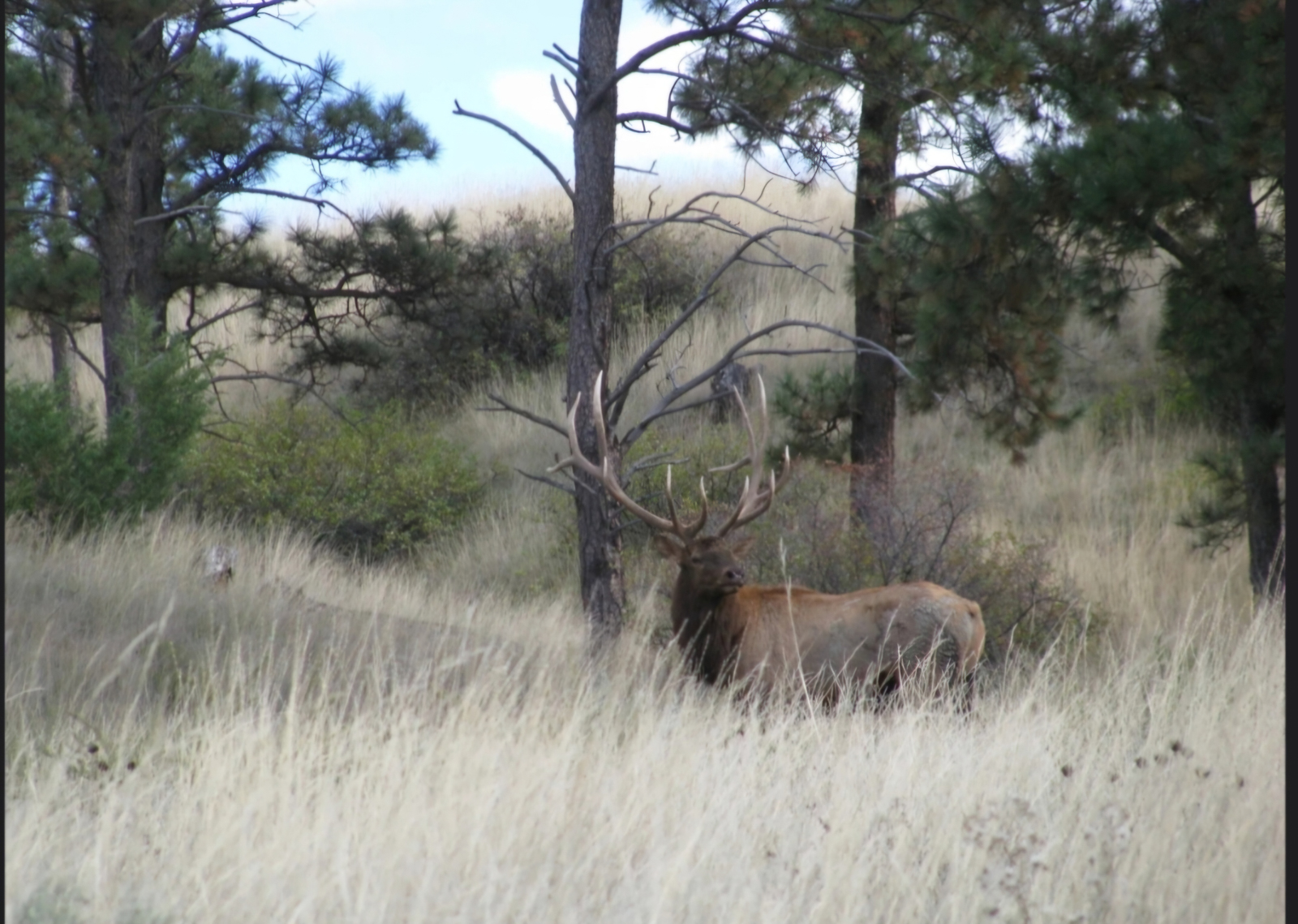

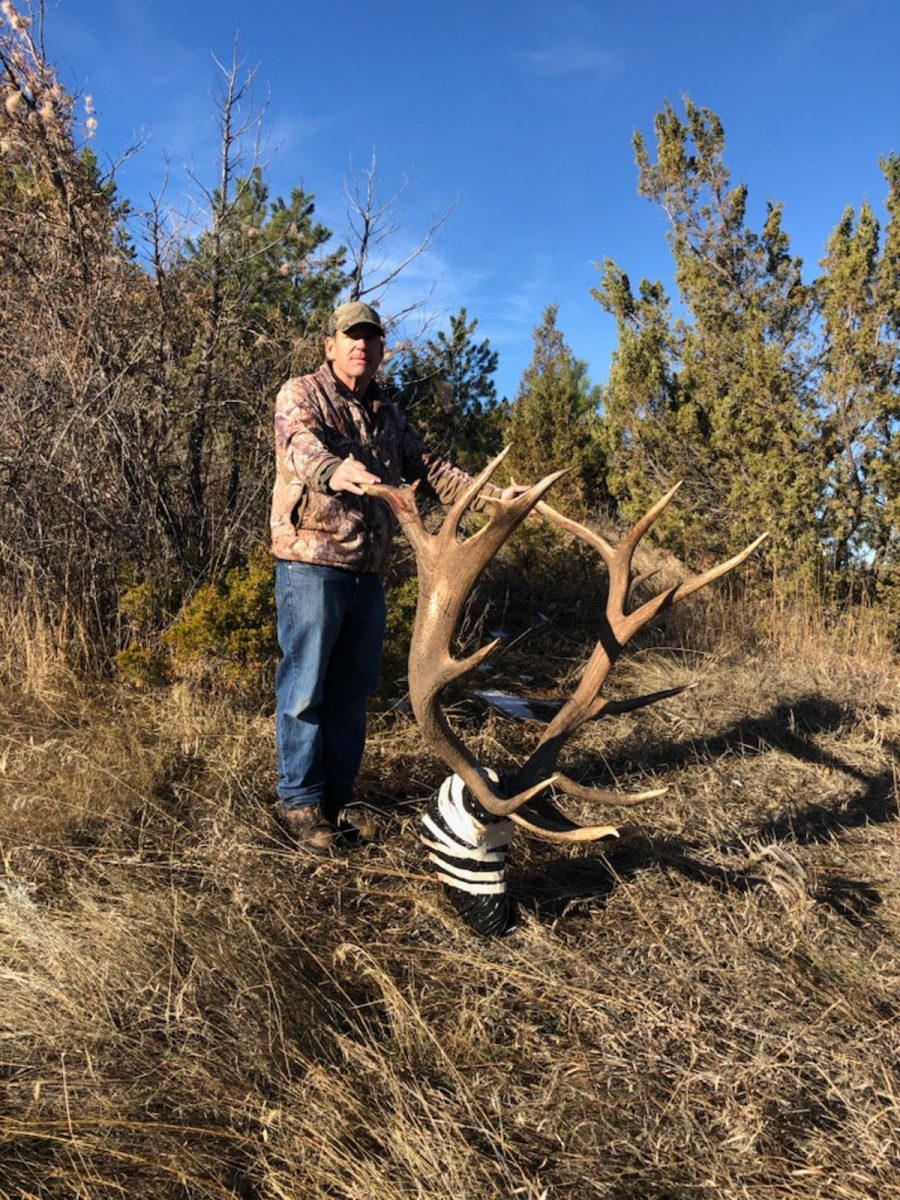
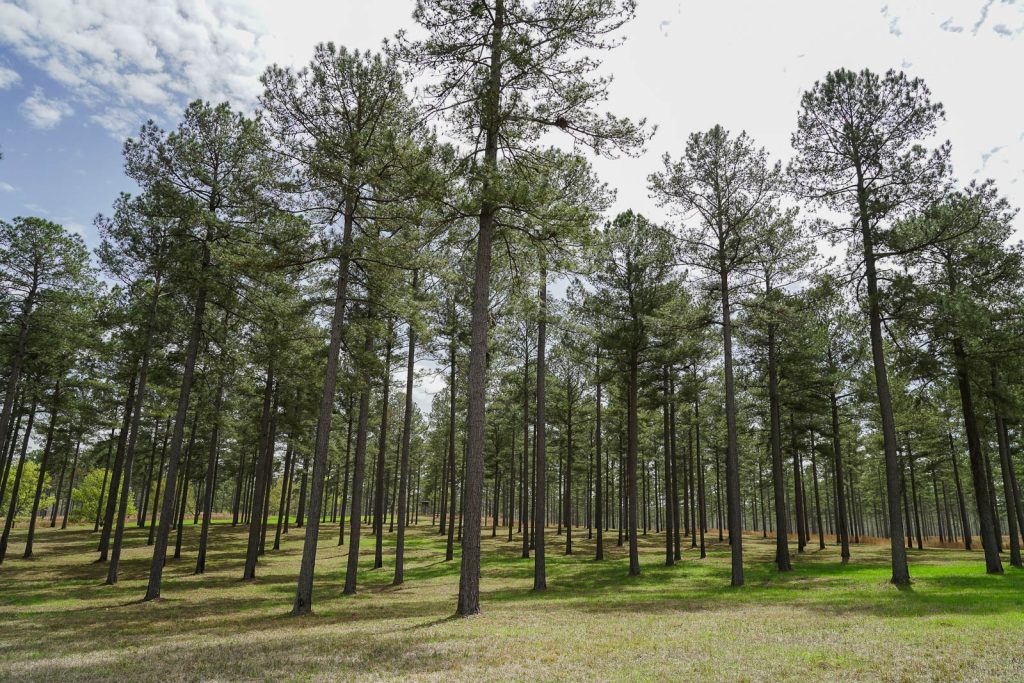
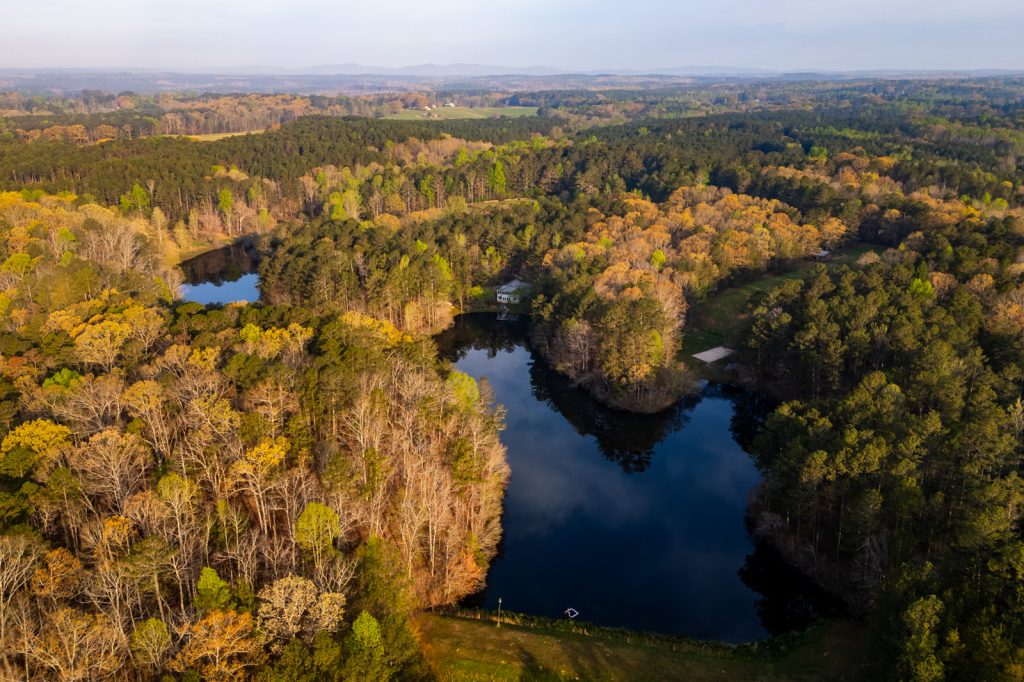
 Jenkins will present on “Going the Extra Mile: Curating an Out-of-the-Box Luxury Experience and Why It Pays Off” on Monday, July 29, from 11:25 AM to 11:45 AM PDT. In this 20-minute session, he and other top agents from around the country will explore the art of creating exceptional, bespoke experiences for luxury clients. Drawing from his extensive experience, Jenkins will showcase his curated listing presentation experiences on snowmobiles, snowshoes, river rafting, horseback riding, and using safari-style tents to showcase his properties to clients. Jenkins enables buyers to experience firsthand how a property lives.
Jenkins will present on “Going the Extra Mile: Curating an Out-of-the-Box Luxury Experience and Why It Pays Off” on Monday, July 29, from 11:25 AM to 11:45 AM PDT. In this 20-minute session, he and other top agents from around the country will explore the art of creating exceptional, bespoke experiences for luxury clients. Drawing from his extensive experience, Jenkins will showcase his curated listing presentation experiences on snowmobiles, snowshoes, river rafting, horseback riding, and using safari-style tents to showcase his properties to clients. Jenkins enables buyers to experience firsthand how a property lives.